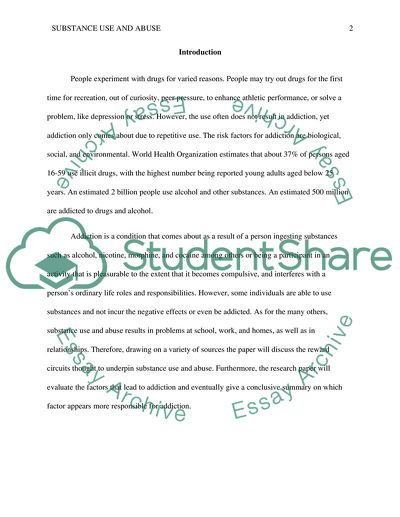Cite this document
(“Describe the reward circuits thought to underpin substance use and Essay”, n.d.)
Retrieved from https://studentshare.org/psychology/1685058-describe-the-reward-circuits-thought-to-underpin-substance-use-and-abuse-can-addiction-be-understood-purely-within-biological-terms
Retrieved from https://studentshare.org/psychology/1685058-describe-the-reward-circuits-thought-to-underpin-substance-use-and-abuse-can-addiction-be-understood-purely-within-biological-terms
(Describe the Reward Circuits Thought to Underpin Substance Use and Essay)
https://studentshare.org/psychology/1685058-describe-the-reward-circuits-thought-to-underpin-substance-use-and-abuse-can-addiction-be-understood-purely-within-biological-terms.
https://studentshare.org/psychology/1685058-describe-the-reward-circuits-thought-to-underpin-substance-use-and-abuse-can-addiction-be-understood-purely-within-biological-terms.
“Describe the Reward Circuits Thought to Underpin Substance Use and Essay”, n.d. https://studentshare.org/psychology/1685058-describe-the-reward-circuits-thought-to-underpin-substance-use-and-abuse-can-addiction-be-understood-purely-within-biological-terms.


